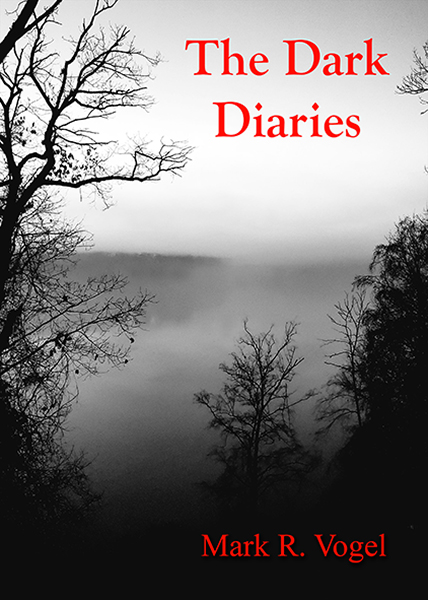Preface: The following assumes the reader has previously viewed the production’s predecessor, George Romero’s 1968 masterpiece by the same name, as the following critique focuses upon the futility of Tom Savini’s 1990 remake.
When you consider that the remake of Night of the Living Dead–one of the greatest works in the history of cinema–is Tom Savini’s directorial debut, you can readily assume that things aren’t necessary going to go well. As Harry Cooper (Tom Towles) states in the film, “This is definitely not going to work.” Indeed, it doesn’t, in lieu of the fact that Romero was closely involved with the project, as he not only rewrote his original script, but produced the film as well. I suppose we’re also supposed to ignore the term “masterpiece,” which implies that a work cannot be altered without losing some of its prowess.
As I stated in my review of Zack Snyder’s remake of Romero’s Dawn of the Dead, it was Romero’s right to redux Night of the Living Dead in that, just as someone who paints a picture is justified in setting it aflame if the artist so desires, the creator of the original 1968 classic should be granted the same liberty–for better or ill–to do what he may with his own baby. Unfortunately, it was the latter which Romero succeeded in accomplishing and, in retrospect, it would have better served his reputation if he would have permitted the blame to have fallen into someone else’s lap.
The filmmakers’ intent was to take the original–a definitive litmus of the times in which it was made–and update it, permitting the work to serve as a reflection upon how American society has (and hasn’t) changed over the course of twenty years. However, what results is blatant heavy-handedness that somehow succeeds in water logging a script which, even if grossly molested, housed the ability to remain afloat.
The most notable revision occurs in the character of Barabara (Patricia Tallman). Instead of remaining comatose throughout a large portion of the film, she pulls herself up by her bootstraps and leads the six survivors through a night of terror. However, all-too-imitative of Sigourney Weaver’s Ellen Ripley, we sense Barbara’s going to survive even though we saw her die in previous edition, as her aforementioned fulcrum arrives in the guise of literal combat boots complete with nothing less than matching fatigues (apparently shifting from introverted mouse to Amazonian warrior during the time was as simple as a change of clothes as we watch her flippantly toss aside her blouse and skirt). However, though Savini posits that woman have since risen to the occasion, he negates this concept in having Judy (Katie Finneran) lapse into inert stagnation shortly after her initial appearance.
I will refrain from expounding upon the excessively poor acting which, though given by professional actors, somehow manages to pale in comparison to Romero’s amateur collective in 1968. Instead, I will focus upon the remake’s budget, which was forty times that of the original and, de facto, defeats its own purpose in that the stifled cinematography of Romero inadvertently lends to the atmosphere of constraint and limited resources while Frank Prinzi’s camera is paradoxically fluid throughout, thus visually implying that things are literally going quite well by comparison.
Now, considering Savini’s “reimaging” of the film is, in all actuality, a mere reiteration of its predecessor with essentially inconsequential revisions, what we are left with is a rather pointless work in that it fails to convincingly present its own vision. Case in point, Ben (Tony Todd) is indeed zombified by the film’s climax and Harry is permitted to live only to be gunned down by Barbara who, as our lone survivor, is supposedly symbolic of how America has changed for the better considering we didn’t have a soul remaining in at the end of the original. Head-slappingly, Romero’s omitted sequence in which zombies are hung from trees, à la lynch mobs, is reinstated but to no effective ends considering the racial overtones have all but been replaced with feminism.
Though a film might retread familiar ground, we could at least hope that Savini’s rendition might offer some insight into Romero’s original considering the remake fails on all other counts, but aside definitely establishing that the previous owner of the farmhouse committed suicide (Savini corrects the continuity error of having Ben find the shotgun in the closet by placing the firearm in the flaccid arms of the deceased) while didactically aligning zombism with drug use, which is only surmounted by Brabara’s declaration that, “They’re us. We’re them and they’re us.” Whereas both instances were left as interpretative possibilities in Romero’s original, we–once more–are left shaking our heads asking “What’s the point?” when assessing Savini’s film.
The only way to legitimize Tom Savini’s remake of George Romero’s original classic is that the original filmmakers (most of the original crew came together once again for Savini’s production) were facing a deadline that if they didn’t remake the work, someone else would obtain the rights to do so shortly thereafter. Thus, if Night of the Living Dead had to be mucked up, I suppose that it is better the original hands involved do the loathsome deed then someone else. At least they can say they screwed it up their way.
-Egregious Gurnow
- Interview with J.R. Bookwalter - January 22, 2015
- Interview with Andrew J. Rausch - January 22, 2015
- Interview with Rick Popko and Dan West - January 22, 2015
- Interview with Director Stevan Mena (Malevolence) - January 22, 2015
- Interview with Screenwriter Jeffery Reddick (Day of the Dead 2007) - January 22, 2015
- Teleconference interview with Mick Garris (Masters of Horror) - January 22, 2015
- A Day at the Morgue with Corri English (Unrest) - January 22, 2015
- Interview with Writer/Director Nacho Cerda (The Abandoned, Aftermath) - January 22, 2015
- Interview with Actress Thora Birch (Dark Corners, The Hole, American Beauty) - January 22, 2015
- Interview with Actor Jason Behr, Plus Skinwalkers Press Coverage - January 22, 2015


